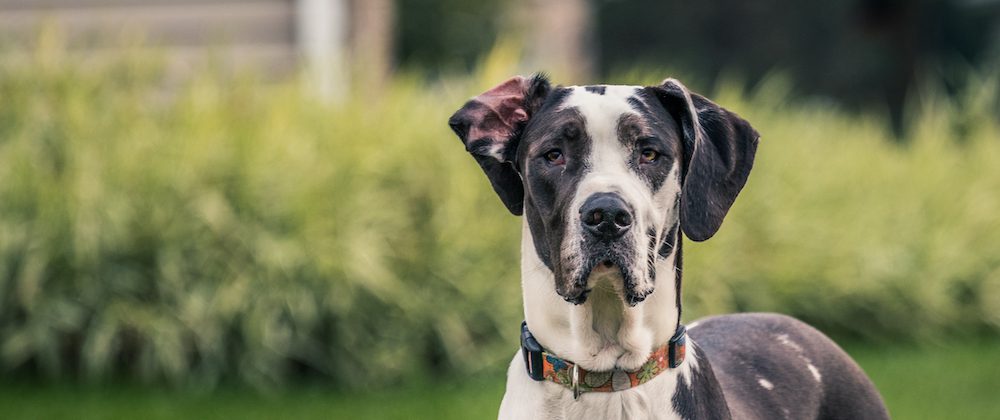It can be scary to think about bloat. But learning the symptoms of this serious condition, and what to do if your dog shows signs of it, could save their life.
What is bloat?
Bloat occurs when a dog’s stomach is filled with too much food, liquid, or gas, causing it to expand and put pressure on other organs. This can interfere with blood flow and breathing. It can also lead to gastric dilatation-volvulus (GDV), a potentially fatal condition in which excess gas causes the stomach to twist onto itself. Here’s what every dog person needs to know in order to protect their dog.
Bloat, or GDV, is an emergency
It is vital that any dog owner who notices signs of this condition bring their dog to a veterinarian right away, as any delay could result in death. This is a situation in which minutes make a huge difference.
Signs of GDV in a dog
The two most obvious symptoms of bloat are a distended belly and unproductive belching. A distended belly will present as an obvious change to the shape of your dog’s abdomen. It’s hopefully something you’ve never seen before, and if you do notice it you should get your dog to a vet immediately.
As for unproductive belching or vomiting, think of how a human might “dry heave.” Your dog is trying to expel the cause of gastric discomfort, but the passage is blocked.
The next thing to look for is rapid, shallow breathing and pale gums. Panting can be a perfectly normal way for dogs to cool down – but if your dog’s gums also look pale and he seems distressed or like he’s in pain, it should be a cause for concern.
If you notice a distended abdomen, retching, or signs of pain, contact a veterinarian as soon as you can. The sooner your dog sees the vet, the better the chances that any potential surgical solution will be successful.
What causes GDV, and can you prevent it?
Vets aren’t completely sure about the causes of GDV. There seems to be a genetic component, as certain large, deep-chested dogs are much more likely to suffer from bloat than others. Among them: Great Danes, Doberman pinschers, St. Bernards, Weimaraners, Irish setters, Basset hounds, old English sheepdogs, and standard poodles.
If your dog belongs to a breed that’s predisposed to bloat, it’s advisable to split their food up into multiple meals throughout the day—at least two, and perhaps three if possible. Make sure servings are properly portioned according to your dog’s daily caloric needs to ensure you’re never overfeeding. If your dog tends to scarf food too quickly, try using a slow feeder.
While dogs should always have an available supply of fresh water, consider manually refilling their bowls so you can control their drinking pace.
In the past, raised bowls have been recommended to prevent bloat—but research has associated them with a higher incidence of bloat.
And, because stress, nervousness, fear, and aggression can put a dog in more danger of bloat, good training and a contented, interesting life may also reduce their likelihood of facing it. Plus, they’ll be happier.
Some veterinarians perform prophylactic gastropexy, a surgery that tacks a dog’s stomach, in order to prevent GDV. This is most common in breeds that are genetically predisposed to the condition—for example, bloat is the top cause of death among Great Danes. Talk to your vet about the risks and benefits of such a procedure. The procedure won’t stop your dog from bloating, but if it works it will stop their stomach from twisting.
On a day-to-day basis, the best thing you can to protect your dog is to remain alert to the signs of GDV and act quickly if you see them.









